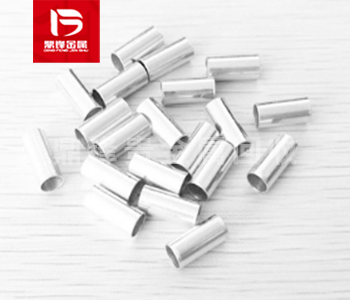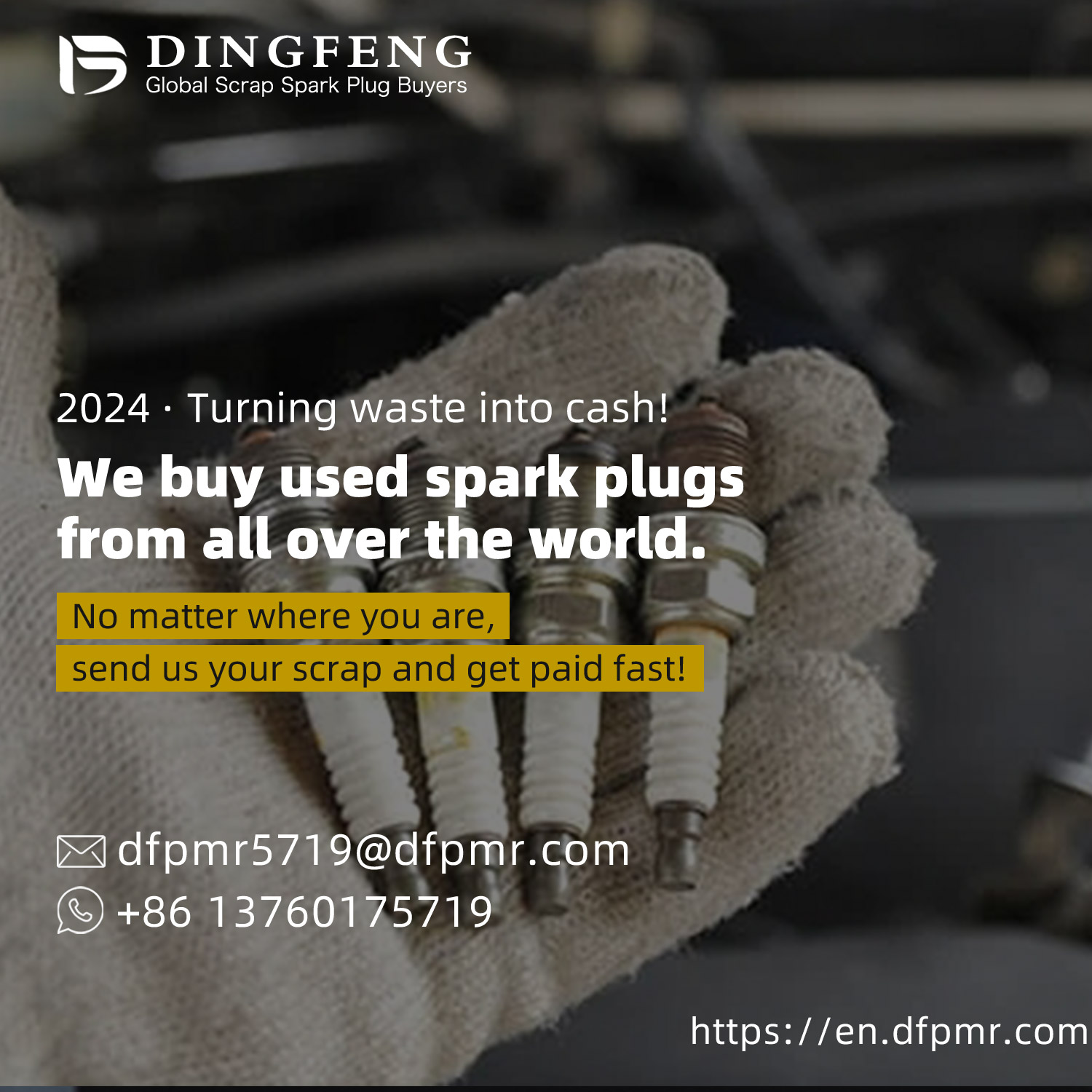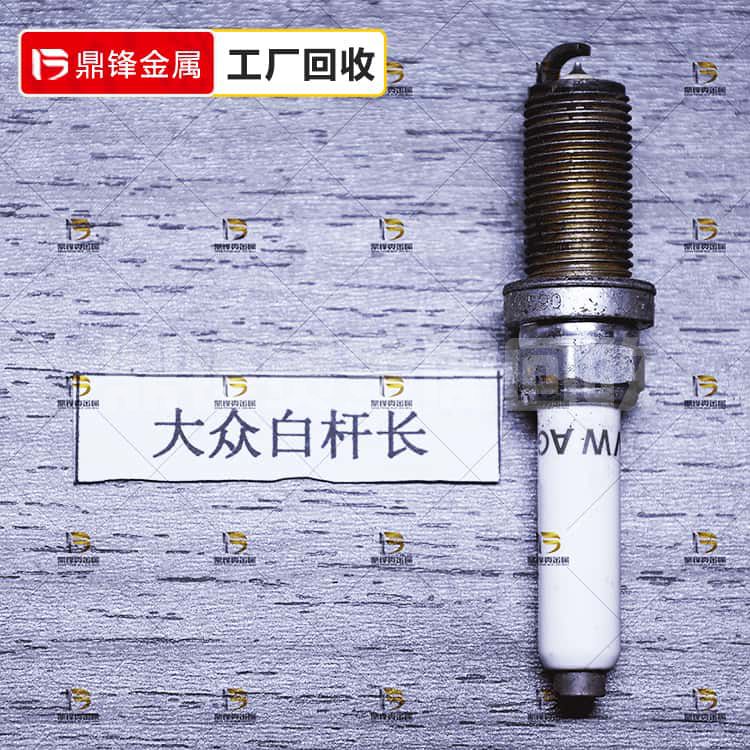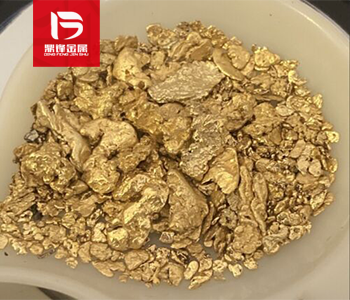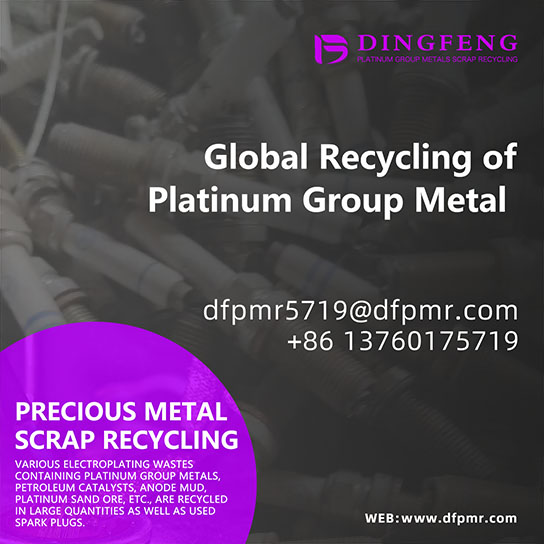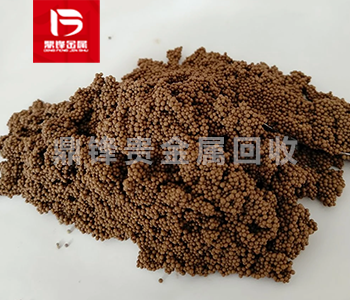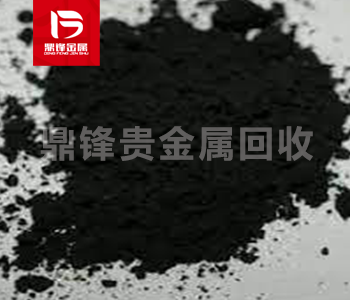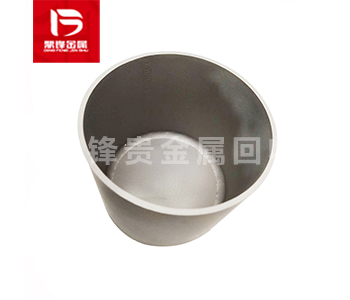Palladium(II) oxide recovery_ Palladium oxide recovery_ Precious metal catalyst recycling manufacturer
Palladium oxide (PdO) is a compound composed of palladium (Pd) and oxygen (O) atoms. It is an oxidation state of palladium and an important inorganic compound. The chemical formula of palladium oxide is PdO, and it exists in the form of black powder or granules. It has good thermal stability and chemical stability, is insoluble in water and acid, but is soluble in strong alkaline solutions. Palladium oxide is a semiconductor material with certain electronic conductivity. In addition, palladium oxide also has catalytic properties and is widely used in organic synthesis reactions. Waste palladium oxide is one of the sources for recycling palladium-containing precious metal catalysts. Other sources for recycling palladium-containing precious metal catalysts include palladium bromide recovery, palladium chloride recovery, palladium nitrate recovery, palladium acetate recovery, palladium sulfate recovery, etc.
Product Details
Palladium(II) oxide (PdO) is a compound composed of palladium (Pd) and oxygen (O) atoms. It is a Oxidation state of palladium and an important Inorganic compound. The chemical formula of Palladium(II) oxide is PdO, which exists in the form of black powder or granules. It has good thermal and chemical stability, insoluble in water and acids, but soluble in strong alkaline solutions. Palladium(II) oxide is a semiconductor material with certain electronic conductivity. In addition, Palladium(II) oxide has catalytic properties and is widely used in organic synthesis.
There are many methods to prepare Palladium(II) oxide, and several commonly used methods will be introduced below:
1. Direct oxidation method: This is one of the most commonly used methods for preparing Palladium(II) oxide. It usually reacts with palladium powder using oxygen or air at high temperatures. The reaction temperature is generally between 300-400 degrees Celsius, and the reaction time is relatively long, which can reach several hours or even dozens of hours. The Palladium(II) oxide prepared by this method has high purity and crystal structure.
2. Oxidation reduction method: This method reacts palladium salt with reducing agents such as hydroxide or carbonate to obtain Palladium(II) oxide. Common reducing agents include sodium hydroxide, sodium carbonate, etc. During the reaction, the reducing agent reduces palladium ions to palladium metal, and Palladium(II) oxide is formed at the same time. The Palladium(II) oxide prepared by this method is usually pure, but its crystal structure may not be as regular as that prepared by direct oxidation.
3. Oxide decomposition method: This method usually uses the precursor compound of Palladium(II) oxide, such as palladium salt or palladium chloride, to decompose at high temperature to obtain Palladium(II) oxide. The physical and chemical properties of Palladium(II) oxide can be adjusted by controlling the temperature and reaction time. In addition, the oxide decomposition method can also be used in combination with other methods, such as sol-gel method or hydrothermal method, to prepare specific morphology or nanometer Palladium(II) oxide materials.
Waste Palladium(II) oxide is one of the sources of recovery of palladium containing noble metal catalysts. Recovery sources of palladium containing noble metal catalysts include Palladium(II) bromide recovery, Palladium(II) chloride recovery, Palladium(II) nitrate recovery, palladium acetate recovery, palladium sulfate recovery, etc. If you have any demand for the recycling of palladium containing precious metal catalyst waste, please call our 24-hour service hotline. Dingfeng Precious Metal Recycling and Refining Factory has its own recycling and refining factory without intermediaries to earn price differences. Our professional technical team and customer service personnel provide one-on-one services to ensure customer privacy during the recycling process.



